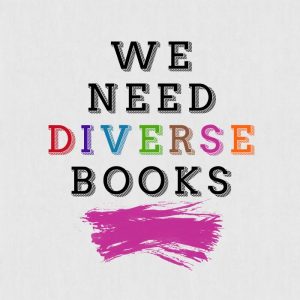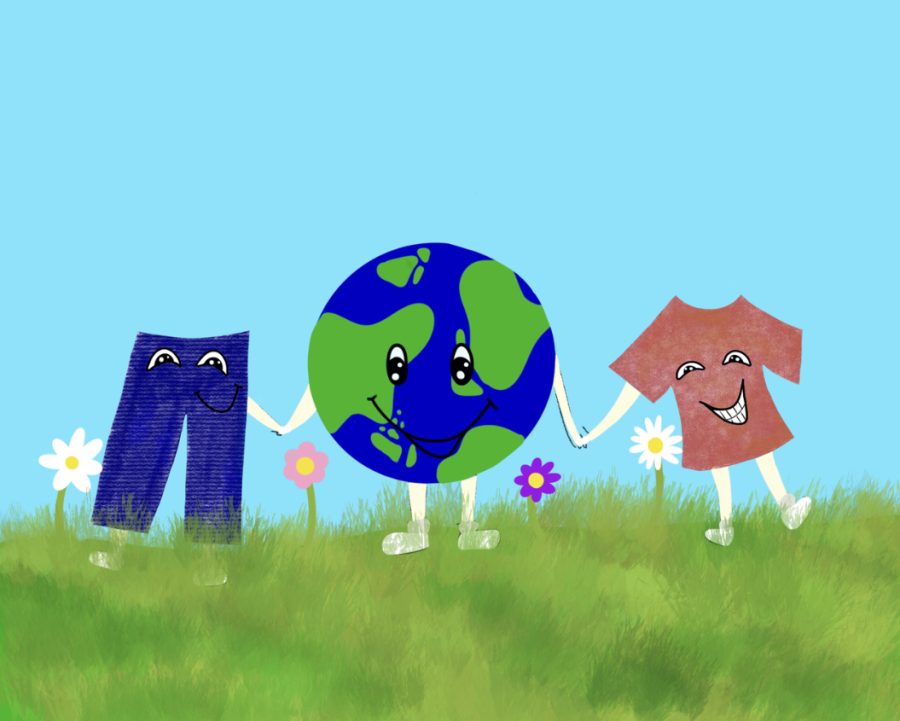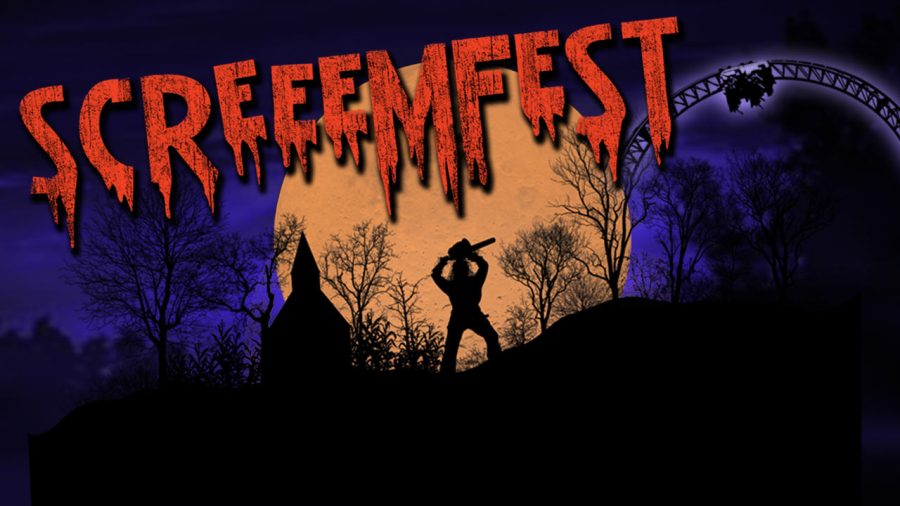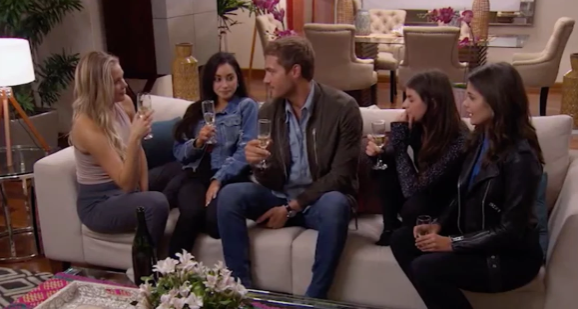The Western canon of literature is not a fixed list of works, but a generally agreed-upon set of books heralded as the epitome of Western literature. The books in WHS’s English curriculum are all from this canon: The Great Gatsby, Scarlet Letter, Macbeth, A Tale of Two Cities, The Grapes of Wrath, A Separate Peace, To Kill a Mockingbird, Of Mice and Men, Hamlet. All of these novels are masterfully written and undoubtedly clever, revealing something profound about the human condition.
However, these books lack racial and gender diversity: acclaimed writer and professor Toni Morrison observed in Playing in the Dark that “American literature has been clearly the preserve of white male views, genius, and power.” (Morrison 1006) All except one of the novels in the school curriculum so far are written by (presumably straight) white men about straight white men. It is rare to find a piece of canonical literature starring a queer person, a woman with agency, and/or someone who isn’t white. Such lack of diversity in a lauded position is dangerous because it perpetuates the idea that certain types of characters and authors are ideal. As long as the works of and about straight white men are the main works in the canon, everything else is only great in relation to this ideal. Thus the power and inevitable authority of straight white men in Western society are reinforced.
It is understandable that the literary canon is so full of white men, since they dominated the Western world at the time these works were written. However, such lack of diversity creates a disconnect between the literary canon and the modern experiences of multicultural America.
Other types of people can rarely star in or write a book and hope to make it into the Western canon of literature, and even if they do, it is an exception to the trend. For example, only three books in English class (as of Junior year) are not written by and about straight white men: To Kill a Mockingbird, The Outsiders, and The House on Mango Street. Two of these novels were written by white women about white people, and one was written by a Latina woman about a Latina girl. All three of these books were taught to the younger grades. Now everything students read fits the straight, white, male mold, creating a sense that anything which breaks that mold is cute but ultimately not taken seriously–that the brightest and best are still Shakespeare and Hawthorne and Thoreau. Perhaps this will change in college: in the 1990s, “multiculturalists” in colleges successfully vouched for an inclusion of minorities in college curriculums (New York Times).
I argue that while the canon as it stands is an impressive and rightly esteemed body of work, it would offer an even more powerful set of intellectual capabilities if its diversity was expanded, because it would expose the student to more and different perspectives to analyze the world with–perspectives that reflect the current condition of that world as students perceive it. Not accounting for the evolution of society would impede the canon’s power, so it is detrimental to the intellectual growth of Searle’s theoretical students to preserve the current canon as is.
The current canon is proving to be inadequate: Norma Cantu, an English professor at University of Texas in San Antonio, does readings of Hispanic literature across America, and notices “a hunger for [Hispanic] work… and not just among students of color.” (http://diverseeducation.com/article/7131/) Clearly, this hunger demonstrates the inadequacy of the literary canon because the entire society, not only minorities, craves something not offered by the current list of great works. Perhaps this something is a new set of eyes to view and analyze society with, eyes that perceive racism or the struggle for women’s rights from the perspective of one directly affected by such phenomena.
However, in order for these diverse books to gain the credibility of being in the Western canon, they must enter and stay in it via the test of time. Since time reflects the overall attitude of a society, whether or not racially and gender diverse books will be as acclaimed as Shakespeare and Thoreau centuries down the road depends upon how badly needed these alternate perspectives will be. For the sake of future students and open minds everywhere, I hope the canon will diversify.










Tam Smith • Oct 23, 2014 at 10:40 am
Excellent essay, Archana. I heartily agree with you. No matter what age we are, it matters deeply whether we see ourselves in literature or not. In an amazing essay in the New York TImes (http://www.nytimes.com/2014/03/16/opinion/sunday/the-apartheid-of-childrens-literature.html), which I highly recommend, Christopher Myers (Walter Dean Myers’ son) says, “[Kids] see books less as mirrors and more as maps. They are indeed searching for their place in the world, but they are also deciding where they want to go. They create, through the stories they’re given, an atlas of their world, of their relationships to others, of their possible destinations.”
We owe it to kids—all kids—to draw them maps that resonate for them, for their dreams, and their realities.
We Need Diverse Books is a GREAT organization too… (http://weneeddiversebooks.org)
Thanks for this, Archana.
Poornima Apte • Oct 23, 2014 at 10:13 am
I think WHS can remedy this by at providing some more diversity in its summer reading lists. I was delighted to see Junot Diaz’s The Brief, Wondrous Life of Oscar Wao on there a few years ago but it seems to have been taken off since. Recommend reading Junot Diaz, Jhumpa Lahiri, Ha Jin. Zadie Smith is terrific as well, especially her White Teeth.
Peter Salmans • Oct 22, 2014 at 9:17 pm
This is a very eloquent exploration of the problem. You will continue to encounter this debate in college, as many professors have strong opinions regarding whether or not the curriculum should still privilege “the masters” or try to infuse the curriculum with multicultural perspectives.
As other teachers have discussed, the trend in college seems to be leaning towards privileging the diverse voice. As you rightly point out, historically, straight white males have been privileged with the dominant voice, which means that other identities have often been marginalized (see Virginia Woolf’s A Room of One’s Own). People who are marginalized on the basis of gender, race, sexual orientation, class, religion, etc. have confronted all kinds of social obstacles–so the opportunities necessary to produce a first-rate novel were often not entirely accessible (though the group of masterly 19th and 20th century women writers–Austen, Bronte, Eliot, Dickinson, Woolf–would make for quite a reading list).
You are also correct in suggesting more masterfully written stories told from multicultural perspectives would enter the classroom if the curriculum became more modern/contemporary. For now, if you are interested in exploring a new perspective, I’d recommend trying Zadie Smith.
Krystal Skwar • Oct 22, 2014 at 2:53 pm
Great post! Schools should make an effort to diversify! When a curriculum is white-washed, it sends the message that the straight white male author is somehow the norm, when that couldn’t be further from the truth today.
What is fascinating to me is that in college classes, authors like Gertrude Stein (an openly gay female) and Richard Wright (a black man) are studied alongside the Thoreaus and Shakespeares. Recently Ms. Linden and Ms. Culliton decided to add A SMALL ISLAND by Andrea Levy – good step!
Cashman • Oct 21, 2014 at 6:44 pm
Totally agree. Excellent post.
Curriculum does need updating, especially the British Literature canon. Besides Jane Austen and Oscar Wilde, all books are authored by straight white males.
Lisa Linden • Oct 21, 2014 at 4:59 pm
While you’re right that our curriculum could be more diverse, we do have a few more texts in the English curriculum which are not by/about dead white men, including:Lorraine Hansberry’s “A Raisin in the Sun,” Zora Neale Hurston’s “Their Eyes Were Watching God,” Barbara Kingsolver’s “The Poisonwood Bible,” and ” Andrea Levy’s “Small Island.” We also have Toni Morrison’s “Song of Solomon.” I hope you get to read some of these titles before leaving WHS – in the meantime, keep up the fight for diversity in reading! 🙂